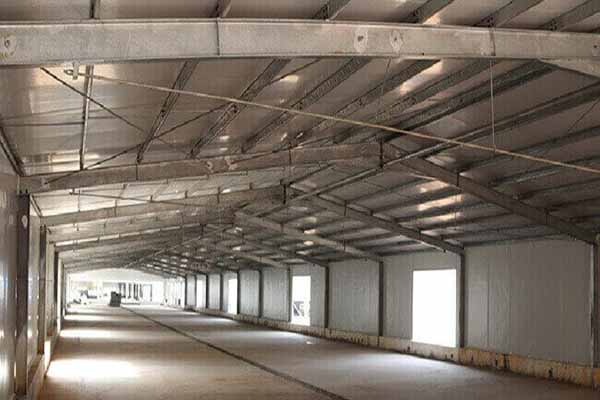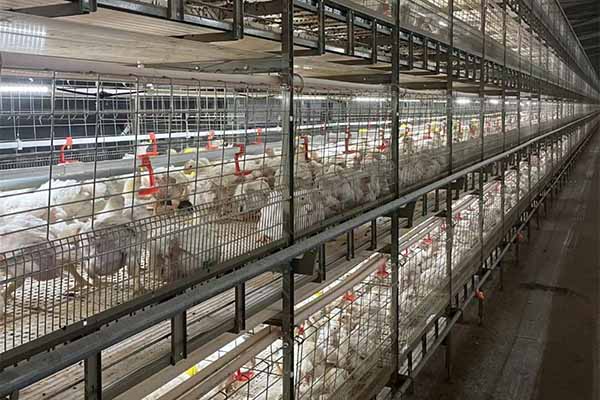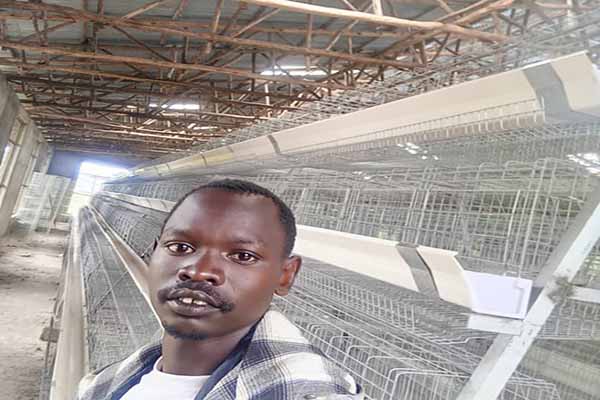Chicken House Design Standards in Tanzania: A Comprehensive Guide
Understanding the design standards for chicken houses in Tanzania is crucial for any poultry farmer or investor looking to set up a successful and sustainable operation. In this article, we delve into the key aspects of chicken house design that comply with the industry’s standards, including space allocation, ventilation, and environmental factors.

Key Design Standards for Chicken Houses in Tanzania
- Space Allocation
- Ventilation
- Environmental Control
- Construction Materials
According to the Tanzania Poultry Board, each chicken should be allocated at least 0.5 square meters of space in a layer house. Broiler houses may require slightly less space, around 0.3 square meters per bird. Ensuring adequate space helps in reducing stress and disease among the chickens.
Proper ventilation is essential to maintain a healthy environment. Chicken houses in Tanzania should have a minimum of 2 air changes per hour. Natural ventilation, combined with mechanical fans, can achieve this. It is also crucial to have a roof ventilation system to expel excess heat and ammonia.

Temperature and humidity control are vital in chicken houses. The ideal temperature for chickens is between 18°C and 23°C. Humidity should be maintained between 50% and 60%. Using misters and fans can help in achieving these conditions.
The materials used in the construction of chicken houses should be durable, easy to clean, and resistant to moisture. Concrete blocks and steel frames are commonly used in Tanzania, providing strength and longevity to the structures.

Benefits of Complying with Design Standards
Complying with chicken house design standards in Tanzania offers several benefits:
- Improved animal welfare
- Enhanced productivity
- Reduced risk of disease
- Increased egg quality
Data from the Tanzania Poultry Association indicates that farms that adhere to these standards see a 10-15% increase in egg production compared to those that do not.
Conclusion
Implementing the correct design standards for chicken houses in Tanzania is a key factor in the success of any poultry operation. By ensuring proper space allocation, ventilation, environmental control, and material selection, farmers and investors can create a thriving and sustainable business.
For more information or to receive a free chicken house design and equipment quote from Livi Mechanical, please feel free to leave a comment below. Our team is here to assist you in setting up your dream poultry farm.




